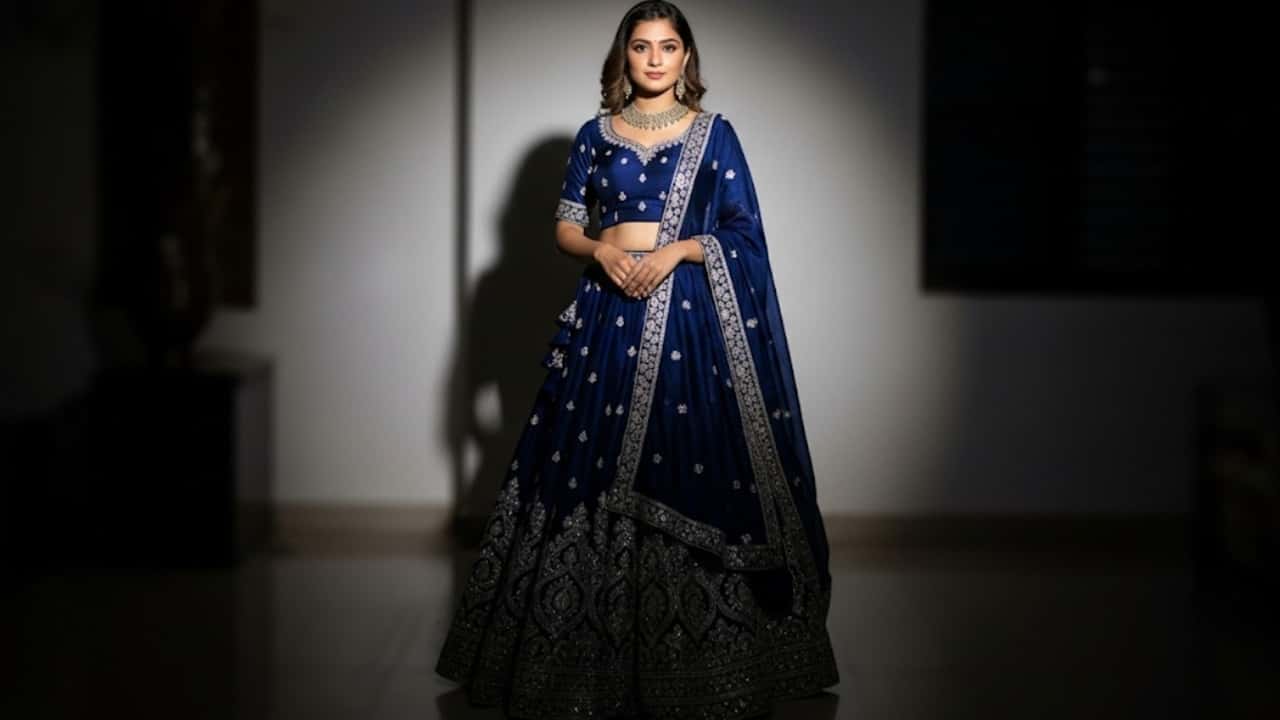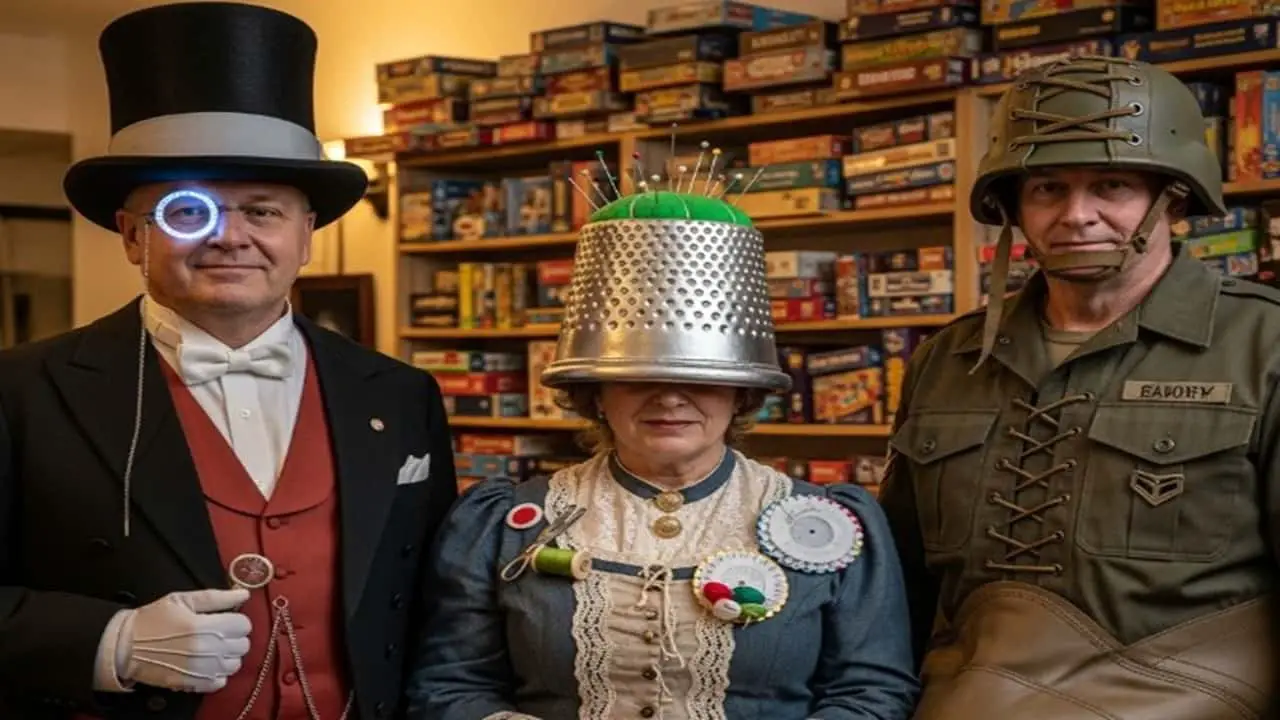Place the knitwear over the ironing board or on a large towel placed over a flat surface. Make sure to always use a protective layer between the iron and the knitwear, such as a press cloth, towel, or a sheet of cotton cloth. Next, use your iron’s steam function or just lightly wet the press cloth or towel of your choice and begin ironing in sections.
Try to avoid ironing knitwear too often and do it only if necessary.
However, if you need to press knitwear using an iron, make sure to use the lowest heat settings or simply select wool or silk, if applicable.
Do not apply too much pressure over the surface and iron the fabric in sections.
Key Takeaways
- Ironing knitwear or knit garments is not always necessary as they often don’t wrinkle. However, if you still want to iron it, using the power of steam is considered to be safe and effective.
- Make sure to always use low heat settings and place a protective cloth between the iron and the knitwear when ironing.
- Work gently over knitwear when ironing, doing this will prevent the fabric from stretching.
Table of Contents
What is Knitwear?
Knitwear refers to clothing items that are made from yarn through a process called knitting. The yarn is knitted together to create various types of garments. One of the key characteristics of knitwear is that it is often made from natural fibers. Some of the most common natural fibers used in knitwear include wool, cashmere, and cotton.
The primary advantage of knitwear is its flexibility and comfort. The knitted structure allows for a good amount of stretch, making it ideal for everyday wear as well as for more active pursuits.
How to remove wrinkles from knitwear? (Press knit safely)
The best method for defusing wrinkles from knit clothing or knit fabrics is to use steam.
That being said, the steam is not the only method you can use, there are some other creative ways too for removing wrinkles from knitwear.
Let’s take a look at some of the safe and effective methods for removing wrinkles from knit items below.
Dry iron
If you have a dry iron that does not feature steam, do not worry; you can still use it to unwrinkle knitwear items.
- Place the knitwear item on an ironing board and if you don’t have an ironing board, you can lay a clean, towel on a flat surface.
- Set the settings of your iron to wool or silk or any other lowest heat setting.
- Use a press cloth or towel and place it between the iron and the fabric to protect it from direct contact.
- It’s better if you fill a spray bottle with clean water to dampen the pressing cloth or towel so that it produces steam.
- In order to give knitwear a fresh scent, you can also add a few drops of essential oil to the towel at the time of making it damp.
- Start by ironing the areas that are most likely to show wrinkles, such as around the collar, sleeves, and hem.
- Always start at the top of the garment and work your way down, using long, smooth strokes.
- Be careful not to stretch or pull the fabric as this can cause permanent damage, especially when ironing knitwear. So, gently smooth out any wrinkles or creases, or the best is to iron the fabric in sections i.e., placing the iron over the affected areas instead of running it over the surfaces.
- Be sure to move the iron around frequently so that you don’t overheat a specific area that can cause damage.
- When you’re finished ironing, hang your garment up or fold it neatly so it doesn’t develop new wrinkles while it cools down.
Steam iron
- Place your knitwear over the ironing board and turn on your steam iron to preheat.
- Select the wool or silk setting on the iron with the steam feature enabled.
- Make sure the iron’s water reservoir is filled with an adequate amount of water.
- Once the iron generates steam start moving your iron over the wrinkled surface first.
- Keep a sufficient gap between the iron and the garment as the idea is to only steam the garment.
- The power of the team will help to relax the fibers of the knitwear and make ironing easier.
- Simply, make sure not to overdo it, as too much steam can cause the fabric to shrink.
- Once the fabric is steamed sufficiently, place a pressing cloth between the fabric and the iron and start ironing in sections.
Steam Shower
Utilizing a steam shower is another great way to unwrinkle knitwear, including woolen sweaters.
If you have installed a steam shower in your bathroom, then it’s best to hang your knitwear on the clothes hanger in a corner as you shower with steam.
Once done, check the knitwear and place it on a flat surface to further smooth the wrinkles by running your hand over the surface, you can also use a cold press technique.
Alternatively, if you have a hot water tap in your bathroom, simply turn on the tap to fill the bathtub.
Next, hang the knit garment on a hanger in the bathroom and close the door to allow the room to fill with steam.
Leave it idle for about 8 to 10 minutes before you take it out to smooth any wrinkles with your hand.
Handheld steamer
If you have access to a handheld steamer, it’s best to use it to unwrinkle your knitwear.
- Put your sweater or knitwear on a clothes hanger to steam it up.
- Next, fill the steamer’s water reservoir with clean water and turn it on.
- Select the low steam setting and wait for the steam to come out.
- Now, hold the steamer away from the fabric and start moving it from the bottom to the top. Make sure you hold the steamer close to the fabric but not too close.
- Move it back and forth to work over stubborn wrinkles and be careful not to scorch the fabric by holding the steamer too close for too long.
- Finally, assess the fabric to make sure all of the wrinkles have been removed.
- If there are wrinkles even after steaming, use a cold press.
What to avoid when ironing knit?
When ironing knit fabric, there are several things to keep in mind in order to avoid damage to the fabric.
Here are a few tips to keep in mind when ironing knit fabric.
High heat settings
Avoid using high heat settings on the iron as they can damage the fabric and cause it to shrink or lose its shape.
Pulling or stretching
Be gentle when ironing knit fabric and avoid pulling or stretching the fabric, as this can cause the fabric to lose its elasticity and shape.
Rough surfaces
Do not iron knit fabric directly on rough or abrasive surfaces, such as metal or textured ironing boards, and use a protective cloth or towel between the fabric and the iron to prevent damage.
Hangers
Avoid hanging knit garments while they are still warm or hot from ironing. This can cause the fabric to stretch and lose its shape.
Do not keep the iron in one place
It’s always best to avoid leaving the iron on your clothes for too long as it can end up scorching them.
So make sure you keep the iron moving to prevent any damage to your clothes.
Read the care label
It’s a good idea to check the care label before ironing any knit fabric.
The label will typically provide information on the appropriate ironing temperature and whether steam can be used.
Strictly avoid ironing if the care label has the “Do not iron” tag on it.
Ideal Knitwear Iron Settings
The correct iron setting is crucial and will depend on the type of knitwear you are ironing.
- For wool sweaters, use the lowest setting with steam.
- For cashmere sweaters, it’s best to steam or opt for dry cleaning.
- For acrylic sweaters, use the medium setting.
- For cotton sweaters, you can go with the high setting.
What are the Different Types of Knitwear and How Should They Be Cared For?
Knitwear comes in a variety of types, each with its own unique characteristics and care instructions.
Knowing how to care for knitwear based on its material is essential for maintaining its quality and appearance.
Here are some common types of knitwear and their recommended fabric care methods:
Wool Sweaters
Wool sweaters are known for their warmth and durability.
When it comes to ironing, they should be ironed on the lowest setting with the use of steam.
This helps in wrinkle removal without damaging the delicate wool fibers.
Cashmere Sweaters
Cashmere sweaters are luxurious and incredibly soft. They are best cared for through steaming or dry cleaning.
Using a steamer is an excellent way to remove wrinkles without exposing the fabric to direct heat.
Acrylic Sweaters
Acrylic sweaters are synthetic and generally more affordable than natural fiber sweaters.
They can be ironed in a medium setting to remove any wrinkles or creases.
Cotton Sweaters
Cotton sweaters are breathable and versatile, they can be ironed on a high setting to effectively remove wrinkles.
However, always check the care label before proceeding to ensure that ironing is a recommended garment care method for your specific sweater.
By understanding the specific care instructions for each type of knitwear, you can ensure that your garments remain in excellent condition for years to come.
Tips for Ironing Knitwear: Best Practices for Wrinkle-Free Results
Ironing knitwear can be a bit tricky, but with the right techniques, you can achieve wrinkle-free results without damaging your garments.
Here are some expert tips on how to iron knitwear effectively:
Pre-Treat Wrinkles and Stains
Before you start ironing, pre-treat any wrinkles or stains on the fabric.
This will make it easier to remove the wrinkles during the ironing process.
You can use a fabric conditioner or a specialized pre-treatment spray for this purpose.
Use a Pressing Cloth
To protect your knitwear from potential damage, use a pressing cloth between the iron and the fabric.
This will help to prevent the iron from scorching the fabric, ensuring that your knitwear remains in top condition.
Iron in Sections
To avoid stretching the fabric, it’s advisable to iron in sections. Start by ironing the collar, followed by the sleeves, and finally, the body of the garment.
This systematic approach helps to maintain the shape of the knitwear.
Hang or Lay Flat to Dry
After ironing, either hang or lay the garment flat to dry.
This helps to prevent any additional stretching or distortion of the fabric, ensuring that your knitwear retains its original shape and texture.
Final Thoughts
Knitwear is usually made from natural fibers, hence you should always use a low heat setting on your iron.
No doubt, ironing knitwear can be tricky at times, but with the right techniques and tools, it is possible to obtain a wrinkle-free finish.
Placing a piece of cloth between the iron and the knitwear will help to protect the fabric from direct contact with the iron, and also prevent any shine or markings.
If you’re not sure what temperature to use, simply refer to the care label on your garment which should give you a fair idea about the same.
A handheld steamer, steam iron, or using bath steam proves to be the best way to work over delicate knitwear items to unwrinkle and remove creases without having to actually iron them.
Frequently Asked Questions
Can knitted clothes be ironed?
Knitted clothes can be ironed if necessary, using a low-temperature setting and by placing a protective cloth between the fabric and the iron. That being said, if you have the option to use steam use it instead of ironing.
How do you get wrinkles out of knitwear?
You can get rid of wrinkles in knitwear by using a hand-held steamer, steam iron, or even using shower steam. Just be careful not to hold the handheld steamer or steam iron very close to the fabric. If you are using a shower steamer simply hang the garment in the bathroom and shut the door while taking a hot shower.
Can you iron a knitted sweater?
Yes, you can iron a knitted sweater, but you must be extra careful and ensure that you are not placing the iron directly on the fabric. Always place a damp protective cloth between the fabric and the iron. If you are using steam using a steam iron or handheld steamer make sure there is a sufficient gap between the fabric and the steam source to avoid scorching.
Can you iron knitted wool?
Yes, you can iron knitted wool but make sure to use a very low heat setting and use a pressing cloth to avoid damaging the fabric.
Can you steam iron knitwear?
Yes, you can use steam in your knitwear to smooth out wrinkles and make it look fresh.
What is a cold press?
Cold pressing is the process of pressing the fabric or clothes with an iron on a low-heat or cool setting. This method is often used on delicate or synthetic fabrics that may be easily damaged by high temperatures or moisture.
You May Also Like
- How to get wrinkles out of curtains without an iron?
- How to Iron Felt Fabric? (Comprehensive Guide)
- How to press clothes without an iron? (Remove wrinkles)
- Should you iron Velvet fabric? (Answered)
- How to Remove Glue from Fabric with Iron?
- How to Iron rayon fabric? (Remove Wrinkles out of rayon)
- How to Iron modal fabrics? (Comprehensive guide)
- How to Make a Wall-Mounted Ironing Board at Home?
- Why is iron not heating up? (Explained)
- Types of Iron Soleplates (Explained)
- What is laundry stripping? (With Laundry Stripping Recipe)
- What does the laundry service do? (Explained)
- What is a FoldiMate in Laundry? (Benefits & Drawbacks)





